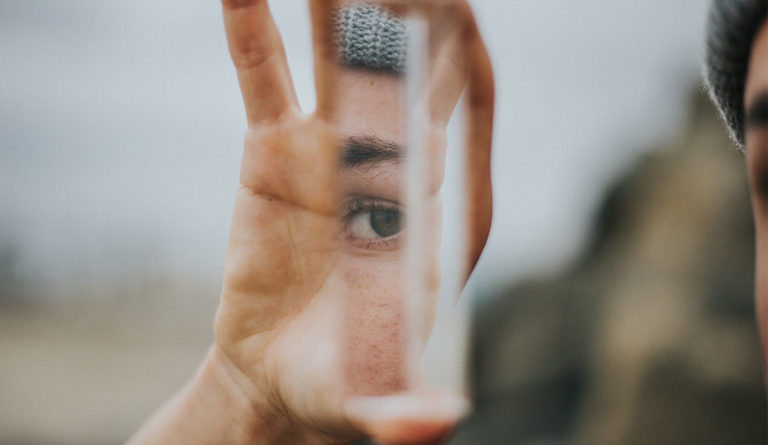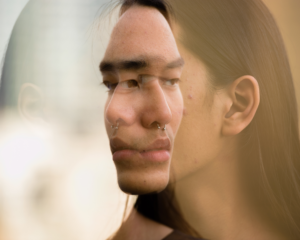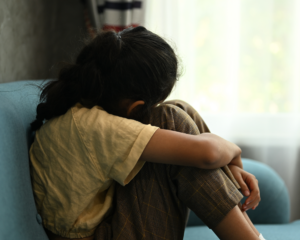Facing the Mirror after Amputation
Initial mirror experiences can be traumatic for individuals who have lost limbs, and trigger a wide range of emotions including self-revulsion, anger, and hopelessness.

Read Time: 3 minutes
Published:
While shock waves of the Boston Marathon bombings reverberated throughout the world, my visceral gut reaction was focused on mirrors. As a nurse researcher who has studied the mirror experience, I knew that most health care providers would not know how traumatic the initial mirror experiences may be for the victims. In my mind’s eye, I saw that over the next few days to weeks, the wounded would be pushed in wheelchairs in front of full-length mirrors in hospital lobbies, elevators, and physical therapy departments. It would be in these public places, that they would see their radically changed bodies in a mirror for the first-time.
This heartbreaking vision inspired me to study the mirror viewing experience of people who have experienced amputation in partnership with TIRR Memorial Hermann in Houston, Texas. Seventeen individuals across the U.S. who had lost limbs shared their stories in focus groups. Although one can look down and easily see a missing limb, viewing self in the mirror was described as shocking. One participant who lost her lower limbs was hospitalized for weeks. The first time she saw her body in a full-length mirror was when she went home. Disbelief does not describe the gripping terror she felt as she said to herself “I cannot be me in this body.” The initial mirror shock is slowly replaced by a phase called mirror anguish. A wide range of emotions occur in this stage including self-revulsion, anger, sadness, devastation, fear, and hopelessness. There is a propensity to stare at the missing limb when looking in the mirror as one begins to try to recognize self. Slowly and over time negative thoughts may be replaced with positive thoughts. Gradually one begins to look at the whole self in the mirror. Alternatively, one tries to avoid mirrors.
Although one can look down and easily see a missing limb, viewing self in the mirror was described as shocking.
Eight actors who have experienced amputation worked with our research team to develop two videos: Assisting Individuals with Mirror Viewing after Amputation and Reflections of Healing. Their stories added to our growing understanding of the mirror experience. One explained: “I may not be happy with everything I see, but I am comfortable looking in mirrors.”
That statement became the foundation of a study to design the Mirror Image Comfort and Acceptance Scale. Two mechanisms are believed to be at play in mirror viewing: an experiential and a neurological component. Many individuals experience comfort when performing daily bodily routines in a mirror. The mind registers a consistent self-recognition. However, when one experiences a visible physical disfigurement, there is a negative disruption of the neural network. This disruption leads to a negative mirror viewing experience. Without supportive measures, the trauma of viewing self in a mirror after amputation may lead to negative psychosocial reactions, including mirror avoidance. Individuals who have lost a limb who would like to participate in validating the mirror scale may contact me.
We are also studying nurses’ confidence in helping individuals with physical disfigurement in viewing self in a mirror. A research team at Memorial Hermann Southeast and Memorial Hermann Pearland hospitals is working with me to design a supportive mirror intervention for individuals who suffer the loss of a limb. We hope this intervention may lead to increased dignity, mirror comfort and acceptance, body image, and self-esteem.
To the victims of the Boston Marathon bombings, know that you have provided the inspiration for this research. Your suffering will help others in the future.
Feature image by Vince Fleming on Unsplash



